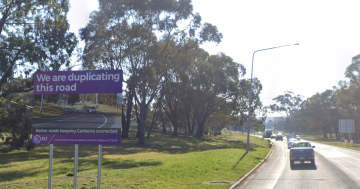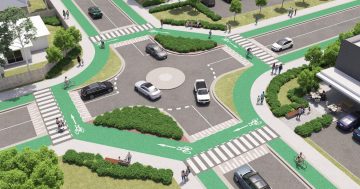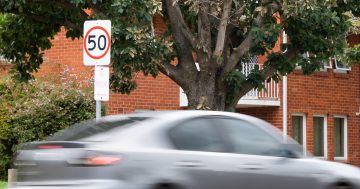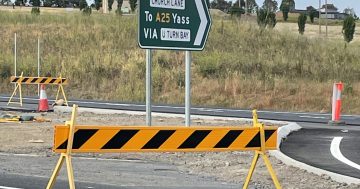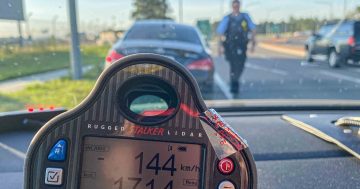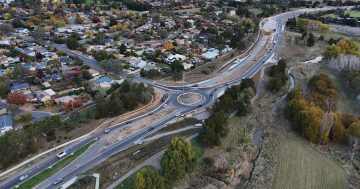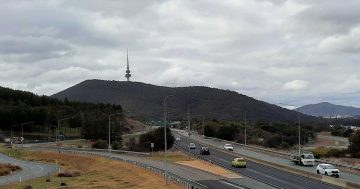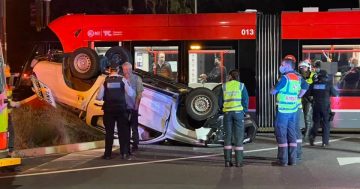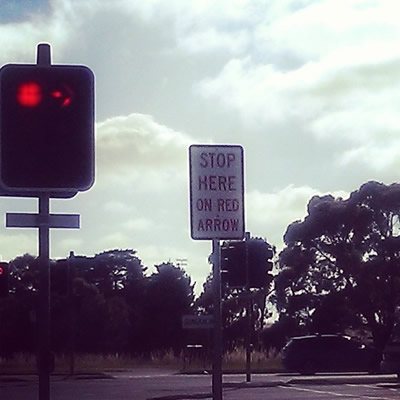
Living in Canberra my entire life, I have witnessed first-hand all the changes – good and bad – that this city has gone through to accommodate the growing population.
There is clear evidence that since self government, the ACT has been spending up big to address the congestion between Canberra’s major satellite centres. It is hard to ignore the major road works, lane duplication, and new bridges that left many of our major roads looking like a perpetual construction sites for the best part of the last decade.
But have we gone too far? With all the money spent, one has to ask: Is our daily commute any faster or safer? Sure, you may be able to get to the part of town you need to be a little quicker thanks to some new links and upgrades, but it’s when you get to the smaller suburban areas where the story changes.
Series of traffic lights, speed humps, traffic islands, street signs and lane separations are now choking suburban streets and reducing flow to a mere trickle. In many of Canberra’s more established areas, street signs have reached plague proportions, sprouting faster than spring weeds. Driving or riding along any road near a school or retirement village, and particularly in and around my (established) suburb, you can’t help but notice the streetscapes are now peppered with new initiatives to make us feel ‘safe’: a myriad of lights, humps, chicanes, and new signage. In many instances, signs are duplicated, with many of them in the middle of the road, and often bent over and damaged from a recent collision.
Equally disappointing is the visual impact. Forget visual pollution from windmills surrounding Lake George: just look at our once clean tree-lined streets that now resemble an airport parking lot. Is it really necessary to have three or more signs in the space of 50 metres to indicate a motorist is approaching a small roundabout? One example comes to mind where there is warning of approaching speed bump to slow you down, then a warning sign, a recommended approach speed sign, the speed hump you were warned about, a roundabout symbol, a Give Way sign, a legal posted speed (different to the recommended speed), and finally – just to make sure – a whopping great ‘Watch for Cyclists’ sign on the approach and exit! And let us not forget the accompanying extra line markings and reflectors either.
The sheer number and frequency of these signs has had the opposite effect: instead of being useful, they become invisible. This unnecessary infrastructure is making traffic slower and less safe since road users are either too busy looking at signs or checking their speed or causing aggression among road users unwilling to share a space because it is not ‘marked’ for that particular vehicle.
It is no surprise to learn that there have been numerous successful trials in many European cities where signage has been systematically culled to a bare minimum. This change forces motorists, riders and pedestrians to make eye contact and be spatially aware of their surroundings rather than to rely on signs. The focus is on understanding the needs of everyone using the shared space. No prizes for guessing the results overwhelmingly showed that traffic flowed faster and safer.
Isn’t it time then the current situation be reviewed to evaluate the real impact this sign invasion is having on our roads in the ACT?












